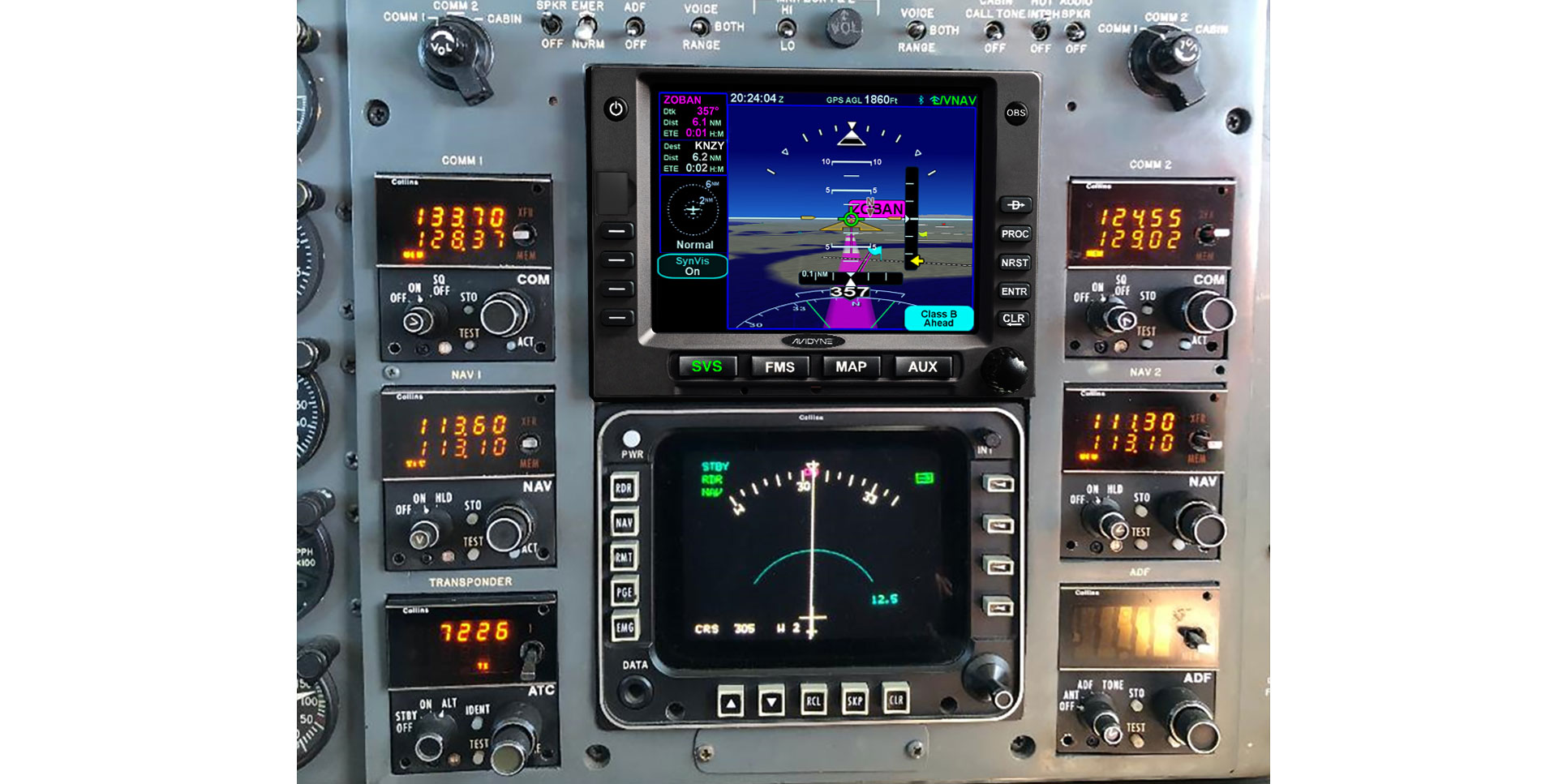Click Here to View This Page on Production Frontend
Click Here to Export Node Content
Click Here to View Printer-Friendly Version (Raw Backend)
Note: front-end display has links to styled print versions.
Content Node ID: 405795
In the history of general aviation, the legendary Beechcraft King Air twin-turboprop series of aircraft continues to be the aircraft of choice for everything from cargo hauling to regional and charter operations, to military transport and luxury/corporate transport. The King Air stands out as arguably the most reliable, dependable, spacious, durable, easy-to-fly and to maintain aircraft in all of GA, and they are highly-regarded as best-in-class for performance, utility, and styling.
First entering service in 1964 with the Model 90 and then 100 series--and later the T-tailed Model 200 and 300 Series--the King Air line is still in production today and has cumulatively outsold all turboprop competitors combined. While some of the earlier models have been retired, over 6,300 of the more than 7,600 King Air aircraft produced—with over 17 variants, offering best-in-class cabin size, speed, and range— are still in service and flying, having accumulated more than 60 million flight hours and counting.
That is why so many King Air owners today are looking for upgrade solutions to keep their late-model and legacy King Airs up to date with the latest in avionics technology.
Many of the advances in avionics technology available today were simply unimagined and unavailable at the time when so many of these King Airs were originally produced. From mandated technologies such as ADS-B, to capability- and safety-enhancing technologies like SBAS/WAAS LPV, touch screens, and Synthetic Vision, retrofitting these venerable aircraft with modern avionics can dramatically enhance safety, performance, and utility, while extending the life of these workhorse aircraft long into the future.
More Airports. More Often.
Most certainly the key capability most King Air operators are looking to add for flight in today’s modern airspace—and the heart of any avionics upgrade—is an SBAS/WAAS-capable Flight Management System that will allow Localizer Performance (LP) and Localizer performance with Vertical Guidance (LPV) precision approaches.
SBAS/WAAS now provides precision approach guidance into airports and runway ends where there was previously either only one Localizer/ ILS or no precision guidance at all. According to the FAA, in the United States there are currently 4,086 LPV approaches serving 1,964 airports, of which 1,194 are non-ILS airports. Additionally, there are now 731 LP approaches into 535 airports, 432 of which are non-ILS airports. Internationally, SBAS also is making more and more runways available for these type of approaches.
The result is, of course, that SBAS/WAAS-equipped aircraft can get into more runways at more airports, more often. Among its many benefits, SBAS/WAAS enhances efficiency and saves operators time and money.
Avidyne’s tray-mounted IFD-Series and dzus-mounted ATLAS Flight Management Systems provide King Air owners with the premier SBAS/WAAS-capable FMS/GPS systems available in the market today. The IFD-Series and ATLAS FMS systems are available in FMS/GPS-only and FMS/GPS/NAV/COM configurations, providing flexibility to best accommodate the current avionics configuration.
Whether you are flying traditional HSI/CDI needles and RMI pointers, or legacy EHI74/EFIS85/ EFS40/50 systems, Avidyne’s FMS/GPS systems provide fully-compatible SBAS/WAAS capability for LP and LPV approach operations, giving you the capability and the confidence to safely complete more missions, more often. 
Upgrading your King Air with Avidyne IFDs or ATLAS FMS/ GPS systems will not only improve your aircraft’s flight deck capabilities with more features and simplicity of operation, Avidyne’s flight management system with LPV installs simply and easily, saving you downtime and installation costs. For additional cost savings, Avidyne’s IFD Series units can replace most legacy GPS units and are designed as slide-in replacements for old GNS systems, meaning that in many cases you can use the existing tray and wiring without having to completely overhaul your panel.
Meeting the Mandate & More.
Automatic Dependent Surveillance-Broadcast (ADS-B) has transformed surveillance/identification since being mandated for all controlled airspace in the US since January 2020. Mandates are also being implemented in a growing number of other countries around the globe, and the Avidyne FMS/GPS systems are approved GPS position sources for virtually all of the popular ADS-B OUT transponders available in the market.
In addition, the large touch-screen, full-color displays of the IFD Series and ATLAS provide full display of ADS-B IN traffic and FIS-B weather where available for an added measure of safety and situational awareness.
Avidyne IFD Series and ATLAS FMS systems also provide data recording and broadcasting capability that can be used to support your Flight Operations Quality Assurance (FOQA) programs.
Completing the Picture
As an added benefit, all Avidyne FMS/GPS systems feature a full color base map plus Synthetic Vision display with 3D display of nearby terrain, traffic, obstacles, navaids, airports, and METAR flags. Synthetic Vision provides a compelling VFR-like view of your surroundings, even in hard IFR, so you have an added level of situational awareness to enhance decision making in flight.
Upgrading your King Air panel with Avidyne’s FMS/LPV solution will improve your aircraft’s flight deck capabilities with more features and simplicity of operation. Learn more about Avidyne’s FMS and LPV Upgrade Solutions for you King Air at Avidyne.com/king-air.